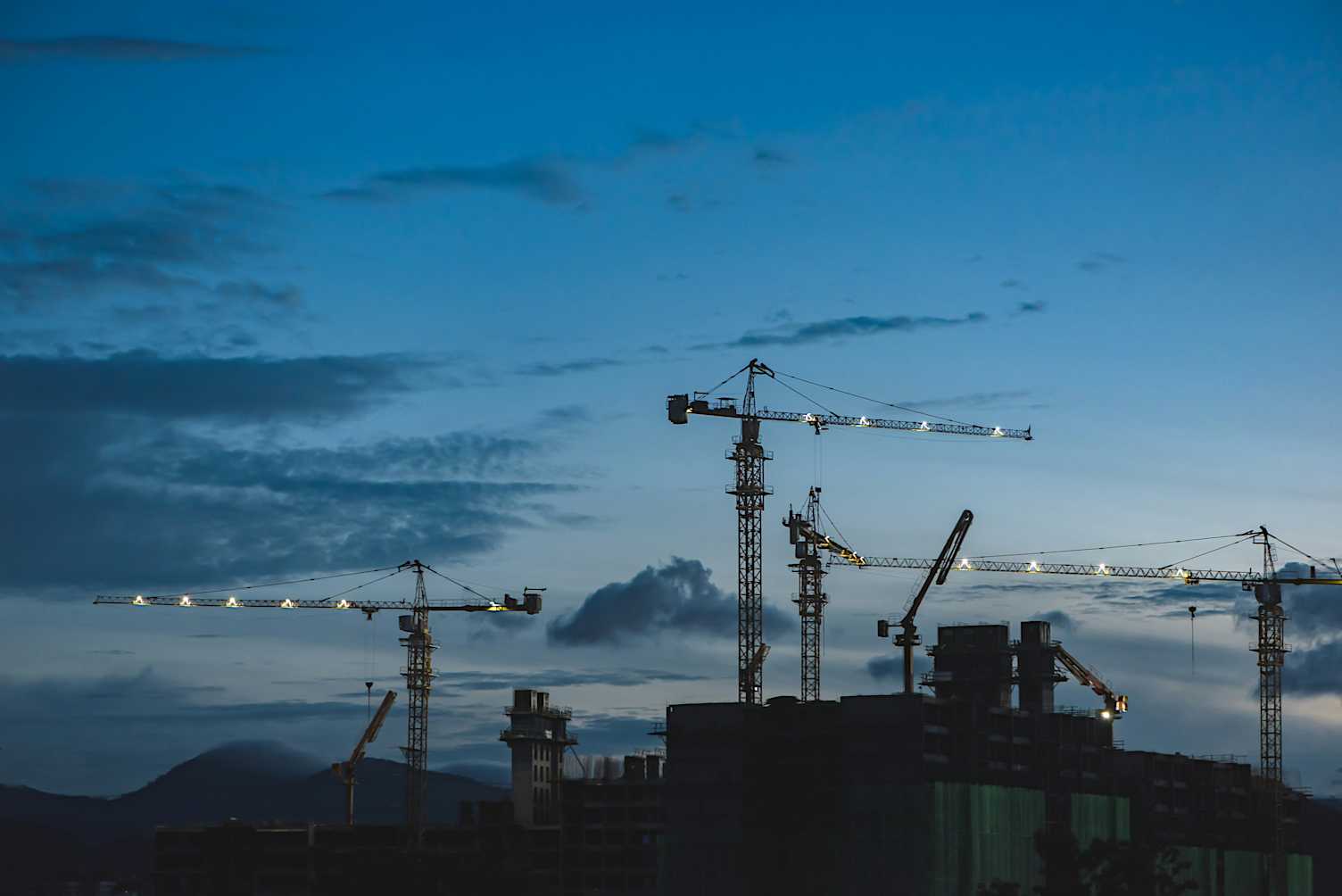Enhancing Productivity in Construction Projects Through Effective Resource Planning
ByJulian Gette
Workast publisher

Workast publisher
Effective resource planning is critical for achieving set objectives in the highly competitive construction industry. Construction companies can accomplish this by properly managing and distributing resources, such as human resources, tools, and supplies, without overproduction or underproduction. This article will help you learn how to properly enhance productivity in your construction project by adopting efficient strategies that help achieve effective resource planning.
Timely labor resource planning requires understanding the necessary knowledge and skills at specific stages of the project, ensuring adequate personnel availability at the required time. By engaging in robust recruiting and hiring processes, construction companies can form effective teams to handle projects efficiently. However, building strong recruitment systems is insufficient. This is particularly true when the company does not enhance staff productivity through training. Employees can be equipped with up-to-date information on best practices through on-the-job training, attending workshops, and obtaining certifications. A positive work environment encourages employee engagement and motivation. This may involve employee recognition and encouragement, job flexibility through remote working, and career growth opportunities. Labor resource planning is a very important factor to pay attention to if you want to enhance productivity in your construction project.
Equipment resource planning is another essential component of effective construction project management. With proper planning and optimal use of equipment, construction firms can increase production, reduce idle time, and lower maintenance costs. Detailed equipment studies should be conducted to determine the most effective equipment for specific tasks, considering its capacity, efficiency, and compatibility with other equipment. Preventive maintenance measures can extend equipment life and reduce failure incidents. Using preventive maintenance software can help schedule and automate regular servicing, ensuring equipment stays in top condition and minimizing unexpected downtime. Additionally, equipment utilization and performance statistics can identify areas needing improvement and optimize the use of equipment. By using construction asset management software, construction firms can further enhance this process with real-time tracking, maintenance alerts, and data-driven insights to improve equipment efficiency and reduce operational costs. The functionality and energy consumption of equipment should also be considered to make construction activities more eco-friendly, including acquiring equipment that produces fewer emissions and uses less fuel. Make sure to follow all of these steps so that you are achieving equipment resource planning in the most optimal ways.
One of the major components of materials resource planning is ensuring the procurement of materials in the right quantity, at the right time, and at reasonable prices. By implementing efficient procurement procedures and establishing strong supplier relationships, construction organizations can reduce material shortages and prevent delays. Adopting materials management systems to track material consumption and manage storage space effectively is important. A dedicated website can showcase a company's commitment to sustainability and responsible sourcing. Web design for construction companies can effectively communicate these practices to a broader audience.
Investing in mobile equipment during construction can increase productivity and improve work efficiency. A mobile impactor unit, for example, does not require products to be transported to fixed crushing plants, as these units can perform crushing operations on-site. This reduces shipping costs and environmental risks. Additionally, certain mobile equipment, such as excavators, bulldozers, and cranes, can be relocated within certain bounds for other project tasks, enhancing their utility in construction projects. The use of mobile equipment can often lead to earlier-than-planned project completion dates or cost savings. What better can you wish for in a construction project? Moreover, combining mobile equipment with telematics technology allows for effective in-field management through location tracking and timely machine utilization. This approach can help prevent unforeseen equipment failures, which can delay projects, by providing predictive maintenance information.
Effective resource planning must incorporate risk management. This is very important and an essential step in achieving better productivity in your project. Construction companies should evaluate potential risks and develop strategies to mitigate them to achieve desired outcomes. Common risks in construction activities include weather constraints, equipment failure, labor shortages, and material issues. Implementing risk management plans, such as milestone risk assessments, establishing contingency reserves, and purchasing insurance, can protect projects from uncontrollable threats. Additionally, regular risk evaluation checks should support risk management plans to gain new insights into the nature and evolution of risks, allowing for adjustments to ensure project viability. Involving all relevant operational personnel in risk management activities fosters a collective responsibility and improves decision-making. This can be achieved by conducting risk evaluation meetings in a participatory manner and encouraging constructive dialogue.
Support and cooperation among all relevant parties are essential for effective resource planning. Construction companies should alleviate misalignment tendencies by encouraging open communication and relationship-building within the project framework. Frequent meetings, progress updates, and feedback collection can help anticipate and solve problems before they escalate. Additionally, the use of collaborative tools and technologies can enhance communication effectiveness and team interaction. Maintaining openness and trust can improve cooperation, leading to better project completion. This can be achieved by ensuring good communication, allowing team members to share ideas freely, and appreciating their contributions.
The introduction of new technology in construction projects can significantly improve resource planning activities. Workflow processes associated with construction management software can become seamless, data accuracy can improve, and information management can become more efficient. The construction sector can utilize technology for proper resource deployment, progress measurement, and risk detection. A well-structured construction website design can also support these efforts by providing easy access to project data and updates for all stakeholders. Emerging technologies such as artificial intelligence and machine learning can also aid in resource management and predictive analysis to optimize resources. Furthermore, technology can enhance the efficiency and productivity of construction projects, for example, by using Building Information Modeling (BIM) applications to visualize and control project data or using drones to monitor job sites.
In today’s world, where environmental conservation is a priority, sustainable resource planning is gaining importance. Construction firms can adopt greener practices and optimize their environmentally friendly operations. This may involve using green building materials, improving energy efficiency, and reducing waste. Such practices can also attract environmentally conscious customers, improving the company’s public relations through sustainable resource management strategies. Additionally, sustainable measures can reduce operating costs and positively impact the construction industry’s structure over time. Examples include employing energy-efficient lighting and water-saving installations, as well as minimizing carbon emissions through the use of appropriate construction materials and methods.
